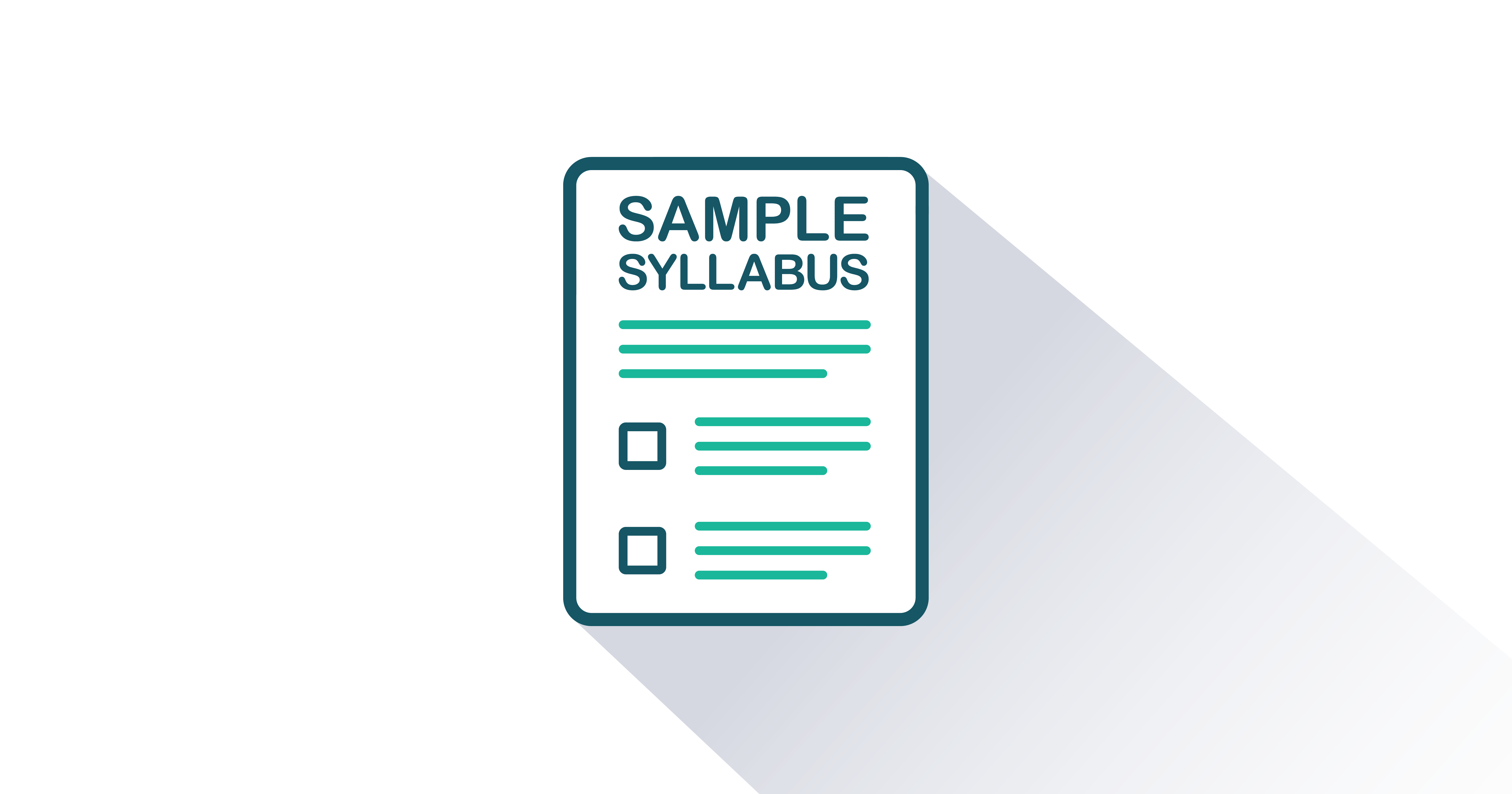Exploring Interpersonal Communication



Version 3.0
By Scott McLean
Included Supplements
Key Features
- Provides contemporary context through real-world examples that resonate with students
- Supportive Learning Structure
- Introductory Exercises set the stage for topics to be presented in the coming chapter
- Learning Objectives at the beginning of each main section help guide and focus students’ learning
- Key terms highlight important concepts and terminology throughout the text
- Key Takeaways at the end of every main section echo and reinforce the section’s Learning Objectives
- Conclusion at the end of each main section help students consolidate manageable pieces of information just learned for better retention
- Exercises at the end of each main section promote deeper learning and retention of new concepts by stimulating critical analysis
- 20 embedded videos throughout engage students and provide useful context
- Customizable
Students
- Online Access Price
- $33.95
- Color Printed Textbook with Online Access Price
- $60.95
Exploring Interpersonal Communication is suitable for courses such Interpersonal Communication, Interpersonal Relations, Applied Communication Skills, or similar course titles taught in business or communication departments at the undergraduate and graduate levels at both two- and four-year institutions.
Exploring Interpersonal Communication provides students with a solid, clear, and concise foundation for effective interpersonal communication in their professional and personal lives. With a focus on cultural diversity, this text shows students how to apply communication skills in a variety of contexts ranging from the workplace to home life to social media. Exploring Interpersonal Communication prepares students to become effective interpersonal communicators by providing them with relevant, practical examples and scenarios that relate directly to our modern, interconnected world.
New in This Version
- Refreshed exercises, images, and videos throughout the text reinforce learning
- New or revised topics include:
- The Four A’s of creating a mental-health friendly workplace (Sections 1.5 and 7.4)
- Emoticons: differences in meaning, use, and interpretation across generations (Section 1.5)
- Neurotransmitters and self-talk: the words you say to yourself impact your confidence and performance (Section 2.2)
- Five self-sabotaging statements to permanently delete from your self-talk (Section 2.2)
- Learn about yourself with a Myer-Briggs-style self-assessment (Section 2.3)
- Modern job interviewing: is the necktie dead? (Section 2.3)
- Cinnamon roll characters in the media, self-image, and social comparison (Section 2.3)
- Where you were born: on becoming obedient or self-indulgent (Section 2.3)
- Who wants to be a time millionaire? (Section 2.4)
- Should we use color-coded bracelets, or buttons, to navigate social distancing expectations? (Section 2.5)
- From cyberstalkers to partners: the five types of self-disclosure (Section 2.5)
- Oversharing and self-disclosure: inappropriate to dangerous (Section 2.5)
- Do single people smell different? (Section 3.3)
- Climate change and loss of indigenous languages and cultures (Section 4.2)
- Five principles of effective conversations (Section 4.5)
- The domestic violence hand sign that saves lives (Section 5.3)
- Touch and relationships: how it influences who we find attractive (Section 5.3)
- UX, UI, and listening (Section 6.2)
- Endless scroll, distractions, and how they impact listening skills (Section 6.2)
- Listening, relationships, and self-care (Section 6.3)
- Ten relationship red flags you should not ignore (Section 6.3)
- Bridge-building vs. wall-building: effective interpersonal strategies (Section 6.3)
- How colors can impact your mood (Section 7.3)
- Post-pandemic emotional intelligence (Section 7.3)
- Seven types of rest (Section 7.3)
- Emotional work, labor, and weather (Section 7.4)
- Six types of love: what’s your type? (Section 8.3)
- Attraction theory, Social Exchange theory, and Equity theory (Section 8.5)
- Keltner list of fifteen questions to assess if your relationship has a future (Section 8.6)
- Conflict management: the ten-second rule (Section 9.4)
- Conflict at work, abuse, and the panic button (Section 9.4)
- Fear management and assessment: the Quadrant System (Section 9.5)
- Decisional and emotional forgiveness (Section 9.5)
- Fashion and impression management in virtual communities (Section 10.1)
- Sustainability and shopping: what our purchases tell the world about us (Section 10.2)
- Legal troubles: what you post online and slander vs. libel (Section 10.2)
- Success bombing: the online one-up strategy (Section 10.2)
- Virtual tribes, belonging, and visual displays of affiliation (Section 10.3)
- From mLearning (mobile + learning) to mHealth (mobile + health) (Section 10.5)
- Envy, jealousy, shading, and ghosting: the dark side of our interpersonal interactions (Section 10.6)
- Vlogs, virtual communities, fake news, and conspiracy theories (Section 10.6)
- The long-lasting effects of sexual harassment (Section 11.5)
- The impact of the pandemic on interpersonal interactions (Section 12.2)
- Collective effervescence: being in synch with others during group experiences and the profound sense of loss during the pandemic (Section 12.2)
- The Great Resignation, overemployment, and emergency communication (Section 12.2)
- IMVAIN: evaluating fake news (Section 12.3)
- Evaluating sources for credibility (Section 12.3)
- About the Author
- Acknowledgments
- Dedications
- Preface
-
Chapter 1: Effective Interpersonal Communication
-
Chapter 2: Interpersonal Communication and Self-Awareness
-
Chapter 3: Perception and Interpersonal Communication
-
Chapter 4: Verbal Communication, Words, and Language
-
Chapter 5: Beyond Words and Nonverbal Communication
-
Chapter 6: Listening and Interpersonal Communication
-
Chapter 7: Emotions and Interpersonal Communication
-
Chapter 8: Relationships and Interpersonal Communication
-
Chapter 9: Conflict Management and Interpersonal Communication
-
Chapter 10: Social Media and Interpersonal Relationships
-
Chapter 11: Interpersonal Leadership, Power, and Social Change
-
Chapter 12: Relationships, the Pandemic, and Negative News

FlatWorld Homework
FlatWorld Homework includes multi-format questions written specifically for your FlatWorld book, which you can access through our stand-alone interface or integrate with your learning management system.

Instructor’s Manual
The Instructor’s Manual guides you through the main concepts of each chapter and important elements such as learning objectives, key terms, and key takeaways. Can include answers to chapter exercises, group activity suggestions, and discussion questions.

PowerPoint Lecture Notes
A PowerPoint presentation highlighting key learning objectives and the main concepts for each chapter are available for you to use in your classroom. You can either cut and paste sections or use the presentation as a whole.

Test Generator - powered by Cognero
FlatWorld has partnered with Cognero, a leading online assessment system, that allows you to create printable tests from FlatWorld provided content.

Test Bank Files for Import to Learning Management Systems
For your convenience, we've packaged our test items for easy import into Learning Management Systems like Blackboard, Brightspace/D2L, Canvas, Moodle, or Respondus.

Test Item File
Need assistance in supplementing your quizzes and tests? Our test-item files (in Word format) contain many multiple-choice, fill-in-the-blank, and short-answer questions.

Sample Syllabi
Sample syllabi provide useful templates to help new faculty adopters revise their teaching plans to match their assigned FlatWorld textbook or lend insights to existing adopters on how to organize their classes.
DownloadAt FlatWorld, we take pride in providing a range of high-quality supplements alongside our titles, to help instructors teach effectively. Supplements are available for instructors who have registered their adoption with us. If you need to review or preview something specific, please contact us.
Already registered? Sign in here.
Additions & Errata
08/28/23: Figure 2.1 updated; text from quadrants 3 and 4 have been swapped to align with the text.
